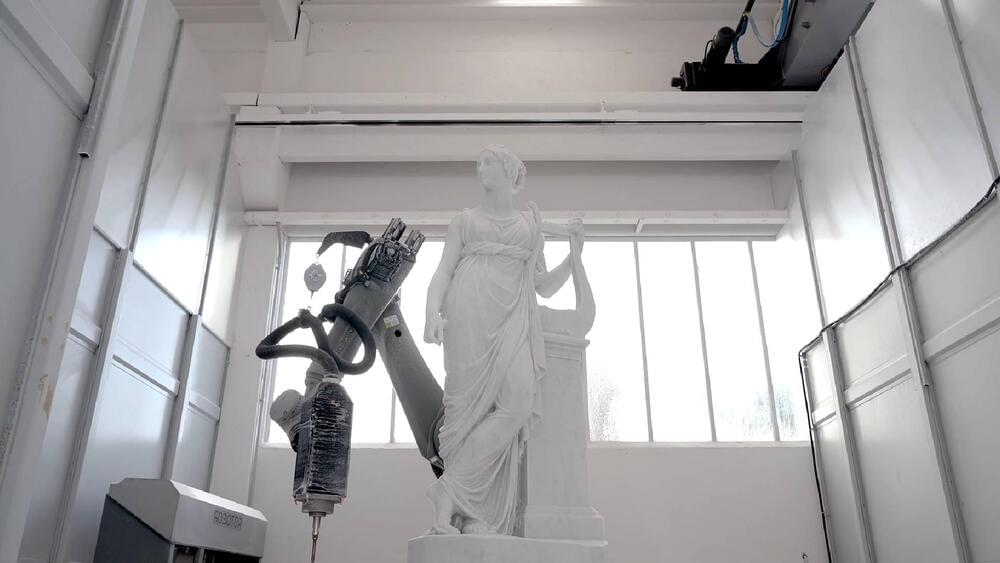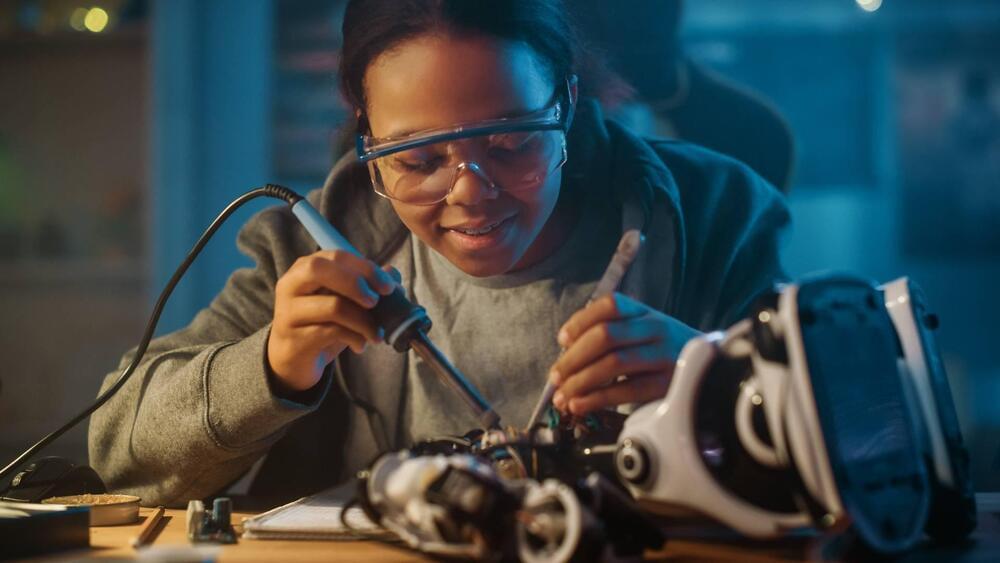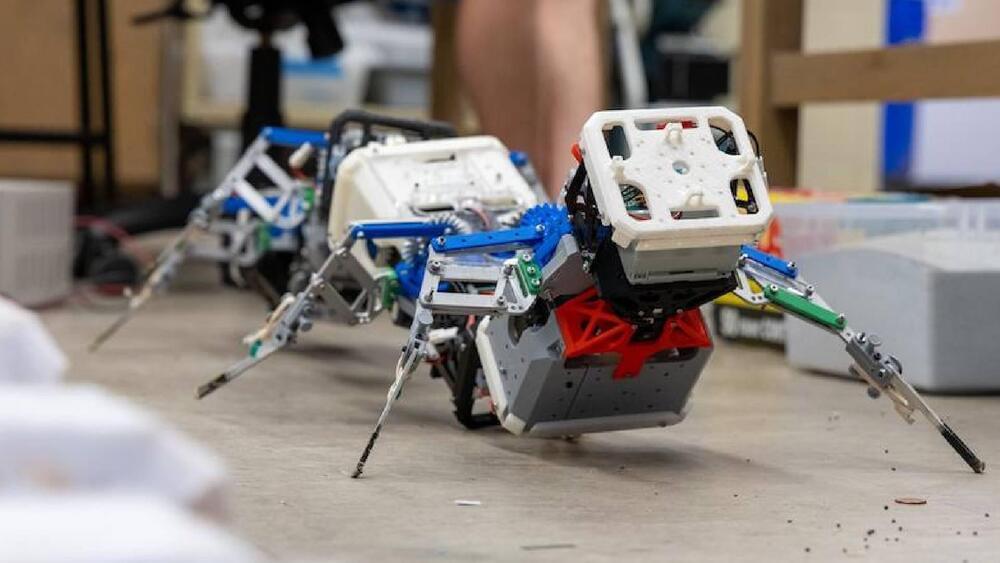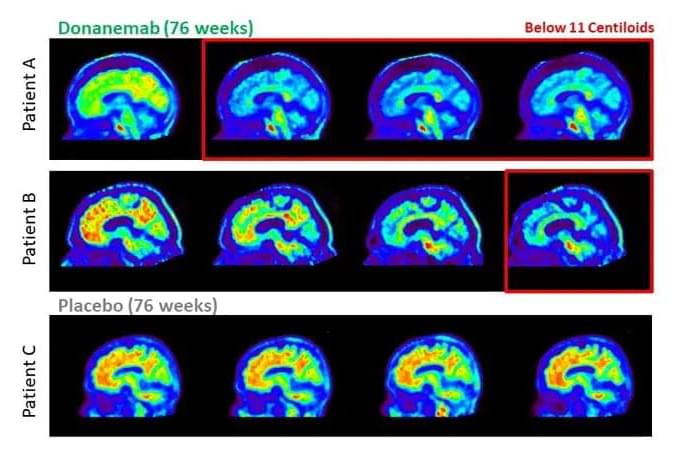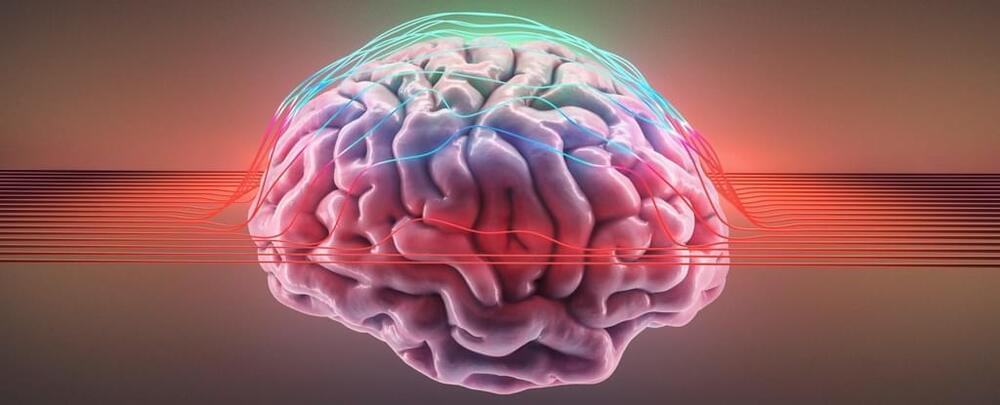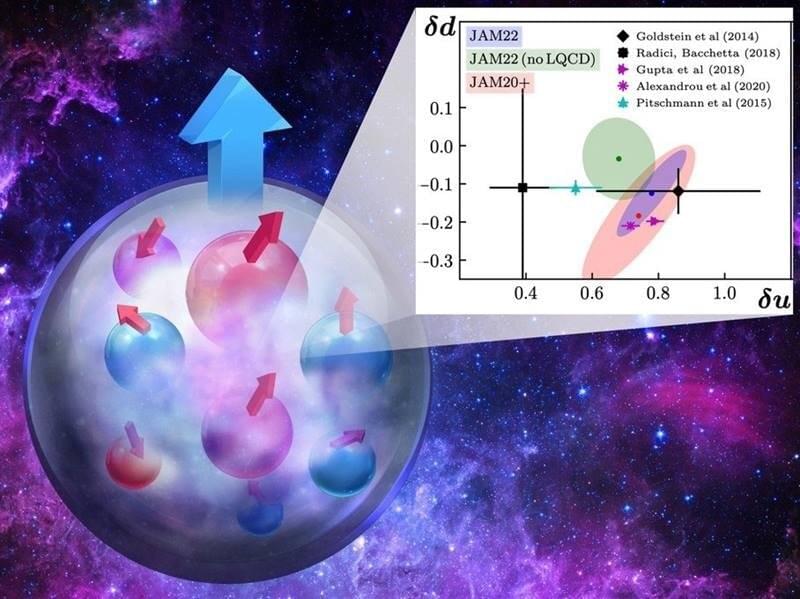May 7, 2023
Italian startup carves sculptures with robotic arm guided by AI
Posted by Gemechu Taye in categories: robotics/AI, sustainability
“Our robots are born from sculptors for sculpture,” says the artist.
A new startup called Robotor is seeking to revolutionize how sculptures are made by simplifying the sculpting process with the use of robotics and artificial intelligence. Founded by Filippo Tincolini and Giacomo Massari, the new company aims to make these works of art faster and easier to produce and even more sustainable.
Continue reading “Italian startup carves sculptures with robotic arm guided by AI” »
